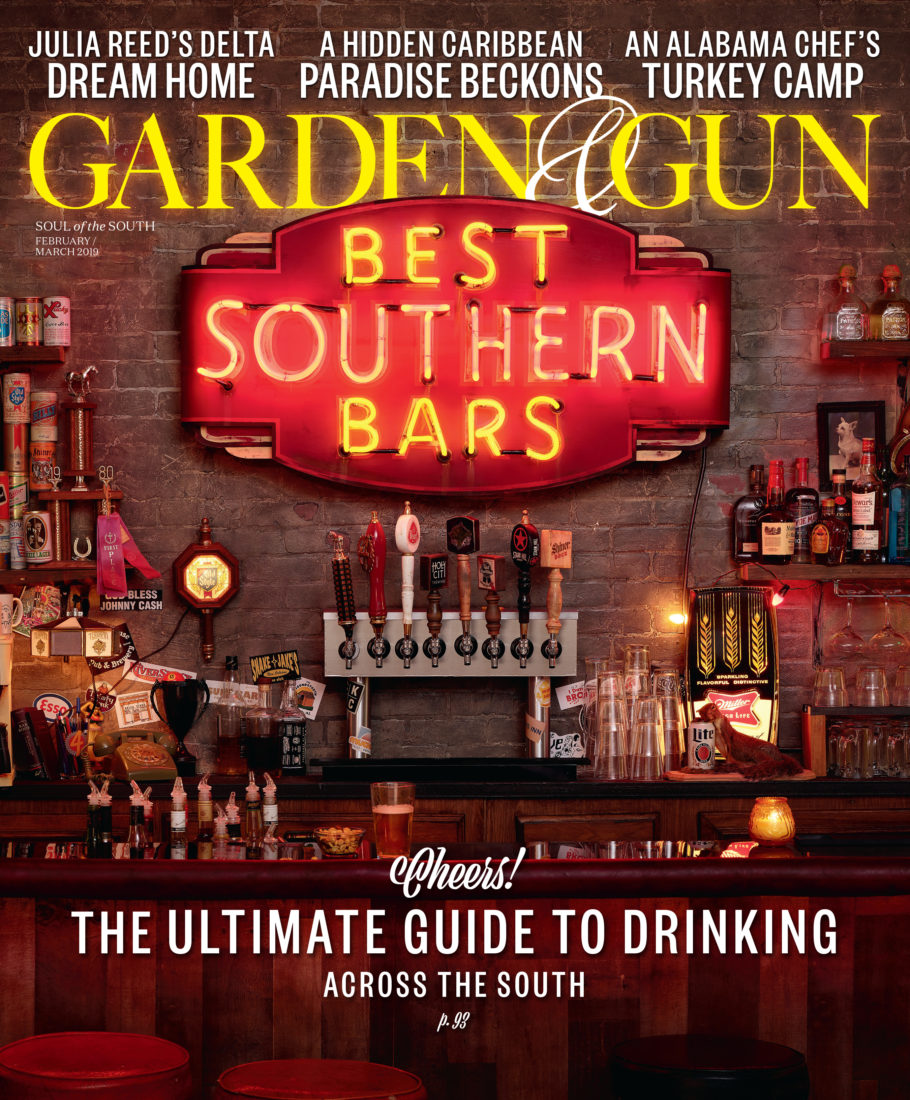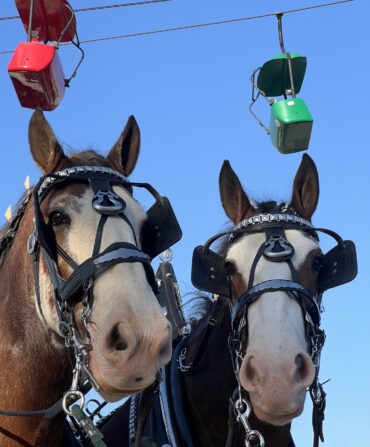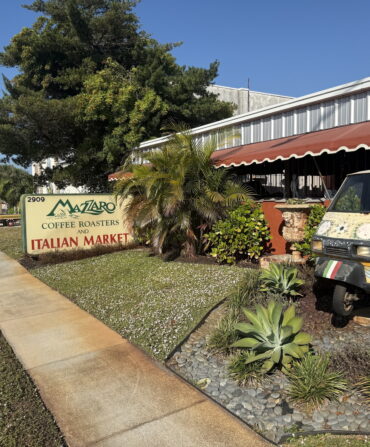Last February, Darrell “Bubba” Wallace Jr. was a NASCAR Cup Series rookie when he finished second in the Daytona 500, behind the wheel of Richard Petty Motorsports’ No. 43 Chevrolet Camaro, a number made iconic by “the King” himself. Wallace was not only just twenty-four years old; he was not only in just his fifth Cup race; but he was also the first African American stock car driver to ride through the checkered flag at the famous race since 1971—a historic appearance that earned him a phone call from another barrier breaker, Hank Aaron. “That was pretty cool,” says Wallace, who grew up near Charlotte riding dirt bikes and racing go-karts, and then climbed the ranks driving Bandoleros and pickup trucks before getting signed as the face of Petty Motorsports. Now Wallace is carrying the banner of perhaps the most famous NASCAR driver ever, and has become both a rising star (with two other top-ten finishes his rookie year) and an outlier—one inspiring the next generation of racing fans. He’ll motor across the starting line of the 500 to start his second season on February 17.
Your sister first called you Bubba…
Since day one she’s called me that. We don’t know why. But it’s been a thing. Once we got to the racetrack, everybody called me Bubba—we created a brand around it. Now it’s become a household name.
You grew up in Concord, North Carolina. How did
you get into racing?
We were on four acres there, and we had four-wheelers, dirt bikes, go-karts. I remember my dad and I going out into the woods and doing that for hours and hours, coming back and my mom would have dinner ready. The high school I went to was just down the road, and when it snow-stormed, we would take the four-wheelers and go race on the running track. Once we started racing, my dad had his own industrial cleaning business about twenty minutes from the house, so we kept our race cars there.
Did you have a favorite NASCAR driver back then?
Dale [Earnhardt] for sure. He was my mom and dad’s favorite. I remember racing in Bandoleros and Legend cars when I was ten or eleven years old; we would race at Pole Night, Thursday night, over at the Charlotte Motor Speedway for the [Coca-Cola] 600, and all the Cup teams would be there. You’d go race and we’d put on a show, and we’d win a couple of those races and it would be, Wow, we’re doing this in front of all these people. I still didn’t have any dreams of “I want to be at the Cup level one day.” We just did it because we were having fun.
Now you’re bringing new fans into NASCAR.
That’s a goal of mine and the sport. To become more diverse and change the demographic, bring in a new face. You know, it helps having an African American driver behind the wheel. I’m representing that culture and that background. But a lot of background pressure, I don’t really put that on me. I know I have enough pressure to go out and perform every week. And let the result speak for itself. You’re starting to see a little more diverse crowd every weekend, maybe one or two people more. It’ll take some time.

Photo: Nigel Parry
Wallace takes the wheel of his No. 43 Chevrolet Camaro.
How has the transition into a sport that’s never been known for its inclusiveness been for you personally?
I’ve been going to the racetrack for a while, and I’ve been accepted. I haven’t had any issues, but I have heard stories of what Wendell Scott [one of the first African American drivers, who began racing in the fifties] went through, and it’s crazy to see how much things have changed since then. The fan base—listening to the driver introductions, you get a good amount of cheers when your name is called, no matter where you qualify or how bad of a day you’re running.
You’re signed on with Richard Petty Motorsports through 2020. What’s it like representing a legend?
It’s an honor to be driving the 43. Having the King there each and every weekend—he’s the staple point of our sport. It’s cool to be around him and see how he interacts with fans. Once we climb in the race car, it’s a little bit different from when he drove. The past seven or eight seasons, they’ve always hired experienced drivers. This year they went with a rookie. There were a lot more wrecks because of me, and a lot more hiccups and mistakes on my end. But they were all accepting of that at the beginning of the season. It was nice to know we had the backbone and support even through the hiccups.
What do you do with your free time in Charlotte?
I love where I live. It’s fifteen minutes, if that, from where
I grew up. I just moved into a house back in May with three acres. I was itching to get on my own property and do what I want. It’s peaceful. A typical off day for me, I’m hanging out at the house. I have a garage being built here in a little bit. I’ll be getting some more old classic cars. Right now I have a 1951 Chevy 3100 pickup. That’s a lot of fun—we’re still working on it a little bit, to get it back on the road.
Do you meet people who are interested in this sport now because of you?
I’ve gotten a lot of that over the last year. More people, kids coming up. It’s humbling. My fan base is growing. A couple years ago I had a guy I had met before, an African American guy, come up to me at Bristol [Motor Speedway], and he says, “I don’t have much. But here’s a hundred-dollar bill. I hope this helps out along the way.” Knowing someone gave me a hundred dollars to further my career—that was special. And, no, I haven’t spent that hundred bucks. I have kept it in a very safe place. I will always cherish that hundred-dollar bill.









